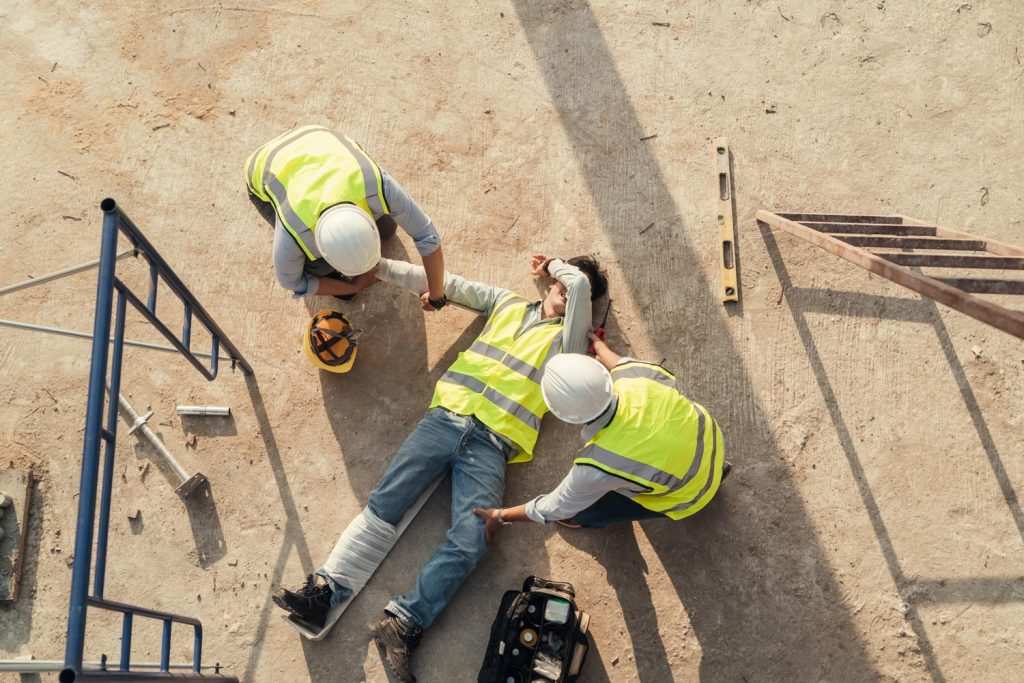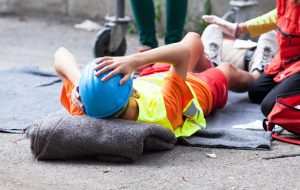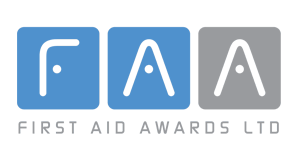Putting a plaster on someone’s cut does not necessarily require a first aider but it helps to know if the cut needs stitching or the plaster is enough. Say you work in construction and you go to get something from a co-worker who you find lying on the floor, what is your next action?
- Telephone a friend
- Call 999
- Check if the person is breathing
- Make sure the person is not in any danger – eg live wires
- Shout for help
- Video the scene for social media
None of these are wrong actions—other than the last one—and some are useful. Not knowing what to do is because you have never been taught any first aid can lead to lost time in making decisions and taking action. Knowing even the basics of first aid you can potentially save your friend’s life.
What Is First Aid?
“First aid is the emergency or immediate care you should provide when a person is injured or ill until full medical treatment is available” OHSA.Gov
“First aid is the help given to someone who is injured or ill to keep them safe and to cause no further harm.” St Johns Ambulance.
The emphasis in first aid is on keeping the person and yourself safe. There are five first aid principles.
- Preserve life
- Prevent any problems from worsening
- Protect the unconscious
- Promote recovery
- Provide pain relief
Learning the basics of first aid equips you with enough knowledge to not panic when faced with taking action and the ability to make the right choices to meet the principles of first aid while waiting for professional help to come.
How Training In First Aid Can Help
A workplace can be full of potential hazards and accidents do happen. Having a first aider on site can help not only save someone’s life but also assist in identifying those potential hazards.
In a first aid course at CPN, you will be taught the skills to employ in an emergency situation, skills that meet your workplace’s legal requirements, as all the courses are tailored to your company’s needs.
Basics Of First Aid – Actions
First Actions
Acting swiftly in an emergency situation is the response to preserving life. People can panic in emergency situations, the injured person and any observers. Knowledge of first aid gives you the skills to calm a situation down. Assess the area and make sure the first responders are contacted by calling 999.
Next Steps For A Trained First Aider
- Check for consciousness
- Open the airway
- Check for breathing Follow airway, breathing, of resuscitation, and administer CPR if needed
- Check for circulation
- Check for bleeding, and control any major bleeding
The above actions and treatment responses are also what you learn by undertaking a first aid course. Having taken a first aid training course—going back to our example—if you find your co-worker injured or unconscious you will know what to do.
It is a legal requirement for businesses to have a Health & Safety Policy and this should include first aid. Give us a call at CPN Training to know more of how we can help you.












